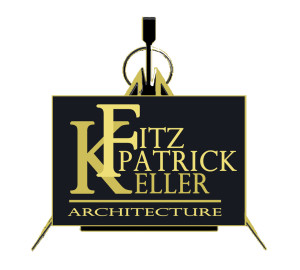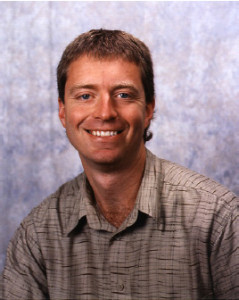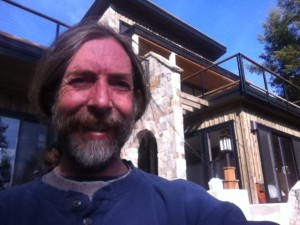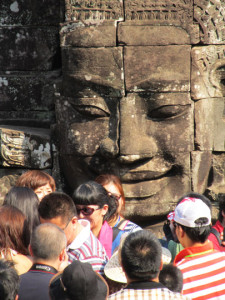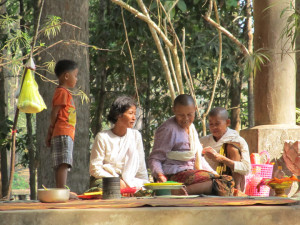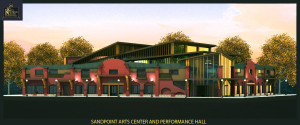Sandpoint Architects:
Scroll down for biographies and FKA design philosophies.
FKA provides full commercial and residential architectural services in the Northwest. We are based in Sandpoint, Idaho. Fitzpatrick Keller Architecture was formed in 2011.
Please contact us by email at pete@fitzpatrickkeller.com
or by phone: 208-263-3172
***
Sean Fitzpatrick
Sean has been a registered architect since 1999 and is licensed in Idaho, Montana, Washington and North Dakota. He has two decades of experience in building systems, building technology, and CAD drafting. After graduation in 1995, He worked for 16 years with CTA Architects/Engineers, gaining invaluable large project experience, and has been working in Sandpoint since 2008. Sean has focused on architecture, project management and construction management, with extensive experience working with GSA and many other federal agencies through his career. He has developed a very detailed eye for architecture and construction documents, and works well hand in hand with contractors and government agencies. This commercial and government construction knowledge and experience helps him insure good client and contractor communication and overall project success. He co-founded Fitzpatrick Keller Architecture in 2013. Sean is also LEED and SEEP certified.
Ph: 208-610-6724
email: seanfitzarch@gmail.com
Pete Keller
Pete Keller has been working in Sandpoint since 2003, for the first decade as Designworks. He spent six years as a spec-home builder before entering the Master’s Architecture program at the University of Oregon. Pete earned a BS in psychology and a BA in Literature from UCDavis with full honors, this early education included a half year in Germany and a year at the University College London. He is a member of the Phi Beta Kappa society. His architectural education began with a year of hitch-hiking around Europe. With strong interests in travel, music, building, the psychology of form and graphic arts, he had little choice other than a life in architecture.
Pete has worked on non-profit projects in India and Cambodia designing an orphanage and a school, which gave him a good excuse to travel overseas. Here are two of his images from Cambodia.
Ph: 208-263-3172
email: pete@fitzpatrickkeller.com

Richard Gage
Richard Gage, AIA is an architect of 30 years, licensed in Idaho and California. He is a member of the American Institute of Architects. He has worked the construction documents and construction administration for most types of building construction, including numerous fire-proofed, steel-framed buildings for City Halls, Libraries, Animal Shelters, as well as shopping centers and many other retail Buildings. Most recently he worked on a $400M mixed-use urban project near Las Vegas with 1.2 million square feet of retail, 320,000 square feet of mid-rise office space and parking structure – altogether about 1,200 tons of fire-proofed steel framing. He resides near Sandpoint with his wife Gail and his dog Asher.
**
FKA Design Principles and Philosophies:
Client-centered Design
The first step in the design process is the education of the architect. Program needs, qualities of the land, zoning restrictions, and client preferences all need study. It is getting to know the clients that is the most enjoyable of these. Once budget and requirements are balanced, buildings offer clients a way to change the world, in a perhaps small but not insubstantial way. Attitudes can be expressed through building forms, textures, and colors. Sociability, elegance, creativity, charm, craftsmanship, boldness and subtlety– these values are given long-lasting forms through thoughtful design. It does not matter to the architecture (or the architect) which values and preferences are expressed, only that they are expressed well.
Visual Styles
Styles are an affectation, often useful, at times distracting. At FKA we believe are styles are both valid and mutable. They are tools to use to express an idea, and should be used only to the extent they do this. Mixing and adapting styles will always be how architecture progresses. Once a style is recognized and copied, with set rules to follow, it becomes something of a museum piece, no longer quite alive.
To give a building character is the goal — this needs to be appropriate, readable, interesting, proportional, and balanced. Buildings are usually too large in scale for a monolithic character, and should be divided into related elements when possible. The most striking buildings often employ two or more stylistic elements that relate to each other inherently, even as they express themselves very differently.
Sustainability
Sean grew up in Glacier National Park, I spent my early summers in the mountains around Lake Tahoe, we both feel very much at home in the woods and we are both concerned with the health of the environment. Building is almost by definition a high-footprint activity, and I am glad that our field allows us to help mitigate the costs at times. I believe that humans are as much a part of the environment as any other species. Perhaps our purpose is to collect firewood and keep the forests clean — I’m not sure about this, but I like the theory.
The Italian hilltop villages are some of my favorite examples of places where human structures seem to complete the environment rather than overpower it. The Greek island towns seem much the same. To me, a good home sits in with the land rather than on top of it. A home should seem neither timidly placed nor obnoxiously so. Emerson once wrote that ‘Beauty is the mark God places on the virtuous.’
Community
The joy of Sandpoint is its community, and it is often community rather than architecture that people have in mind when they build. Architecture is a service-art, at its best when it is supporting the arts of conversation, cooking, relaxing, and observing the small pleasures of the day. The social aspects of design influence our interactions with friends and guests. Architecture can help draw people together, a pleasant dining room can extend the length of a meal.
Pro-bono/Charity
At FKA we appreciate a good cause. Please let us know if your project has non-financial value.
